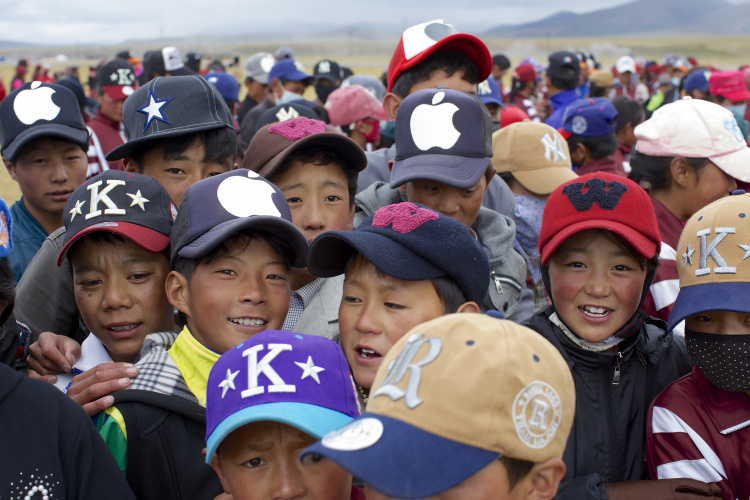Tibetan identity is rooted in the land and the herding of yak. Traditionally, nomadic pastoralism in Tibet would have involved moving with a tent, but nowadays herders almost exclusively live between a permanent winter home and a summer tent. Now, ecological resettlement is producing a generation of educated but rurally displaced Tibetans in search of a new identity.
‘The yak is intimately associated with the whole of religion and culture of this region,’ says Gerald Weiner, a UK-based animal geneticist who co-authored ‘The Yak’ for the UN. ‘Yak are the most wonderful animals for sustaining life in the region – they provide milk for butter, yoghurt and cheese and are a source of meat and hair for weaving into tents and rope, with the finer fabric made into clothing.’
Cai Li, a Chinese professor and yak history expert from Chengdu in Sichuan province, was of the opinion that without yak dung, the only fuel available, no people or civilisation could have colonised these vast mountainous regions.









































